Do you know if your golf clubs are the right length for your build and swing? Improper club lengths can greatly hinderaccuracy and distance.
Learning how to accurately measure golf club length is crucial for dialing in custom fit sticks that maximize your game.
Let’s dive into the specifics on determining ideal lengths tailored to your unique needs.
Why Properly Fitted Clubs Are Important
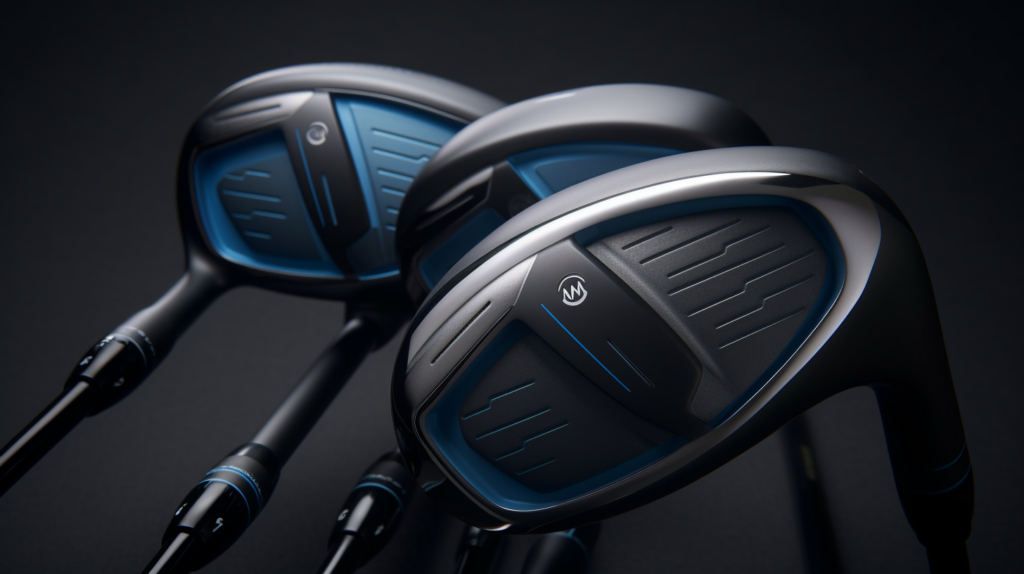
Having golf clubs that are the right length for your body and swing is extremely important for several reasons. Firstly, properly fitted clubs will allow you to make more consistent and solid contact with the golf ball, leading to better ball striking and improved accuracy.
When your clubs are too long or too short, you have to compensate in your swing to try and make contact. This leads to inconsistent shots that are either thin or fat, costing you distance and directional control.
Additionally, ill-fitting clubs can actually lead to injury or discomfort over time. Having to overreach or crouch to swing clubs that don’t match your height and arm length can put undue stress on your back, shoulders, and wrists.
This can lead to chronic issues like tendonitis or bursitis flares.
Finally, properly fitted clubs are essential for optimizing distance with your driver and long irons. When the club length suits your unique swing tempo, shaft flex, and attack angle, you will maximize clubhead speed and launch conditions.
This leads to longer shots that fly straighter as well. Simply put, custom fit golf clubs tailored to your size and swing will elevate every aspect of your game.
From consistency to power and even injury prevention, properly measured and fitted clubs should be the priority for every golfer.
Determining What Length You Need
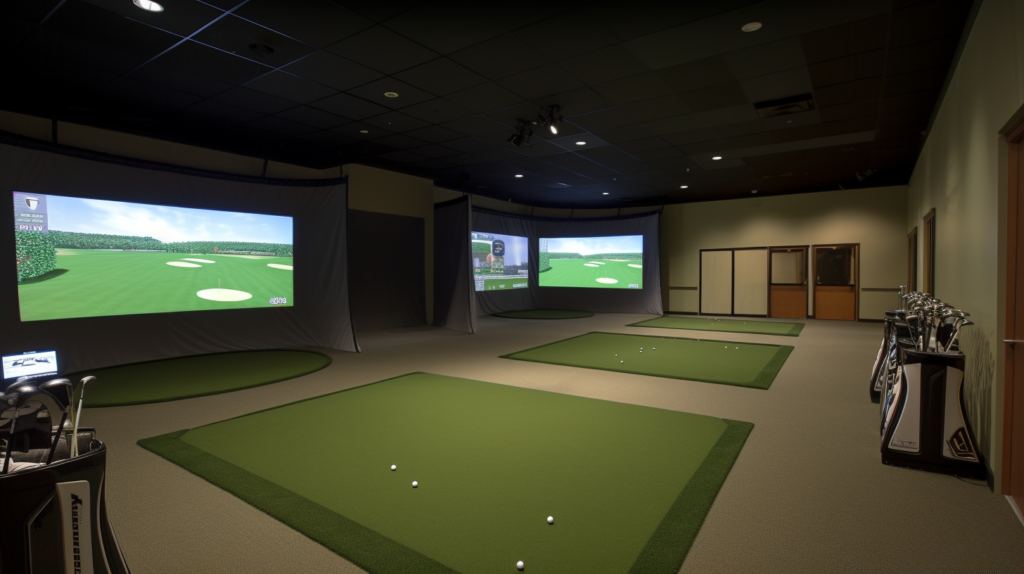
So how do you actually determine what golf club length is right for your body and swing characteristics? There are a few key factors that come into play. Firstly, your height, arm length, posture, and stance width will dictate the ideal club length to a large degree.
Taller golfers with longer arms and wider stances will need longer clubs on average. Conversely, shorter players with narrower stances should use shorter clubs for optimum performance and comfort.
Standard club lengths are designed for players of average height, but custom fitting helps dial in the specifics.
You also need to take your personal swing mechanics into account. Golfers with longer, sweeping swing arcs will prefer extended club lengths compared to short, compact swingers.
Your tempo and transition force also impact what lengths allow you to deliver the most head speed while retaining control. Custom club fitting uses high-tech launch monitors and in-depth swing analysis to pinpoint ideal shaft lengths tailored to your game.
Measuring Your Existing Clubs
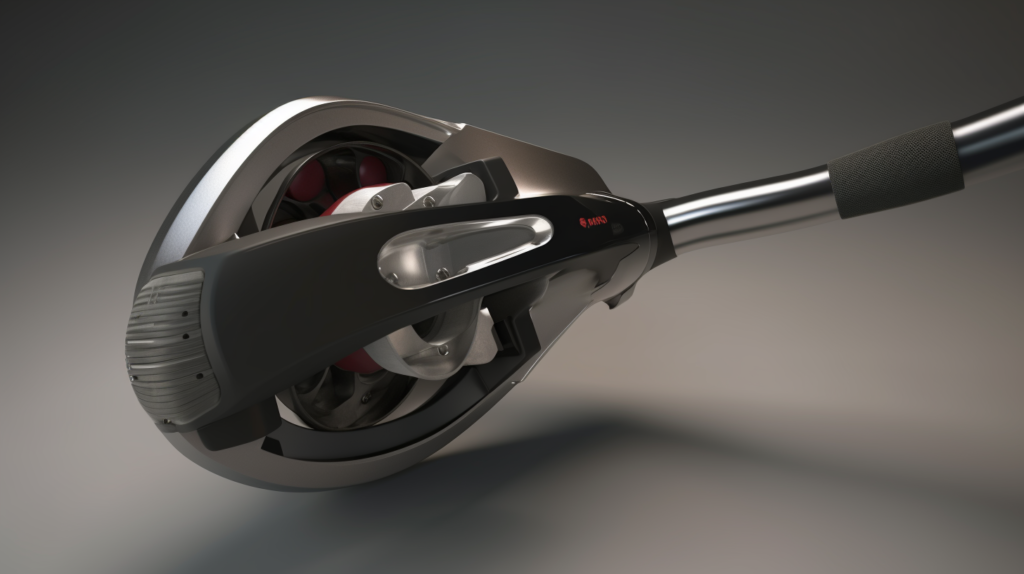
If you want to measure the length of your existing golf clubs, the process is quite simple:
First, take a Sharpie and make a visible line across the sole of the club where the shaft enters the hosel. This line will act as your reference point for the bottom of the grip.
Then stand the club perfectly upright on a flat, level surface like a table or bench. Use a tape measure to measure from the bottom edge of the grip (at the line you drew) directly to the flat surface.
Be sure to subtract the thickness of the Sharpie line itself so you get an accurate measurement. This will tell you the exact length of the club in inches or centimeters.
It’s important to do this with every club in your bag – especially the critical driver and wedge lengths. Over time if you make changes to your setup, grip, or swing, you may find that your optimal club lengths change as well.
So re-checking periodically against these baseline measurements is wise. This at-home process gives you the data; working with a professional custom fitter helps translate it into perfectly matched clubs.
Getting Professionally Fitted

While measuring your existing golf clubs is useful, getting professionally custom fit for brand new ones will take the precision to an entirely new level.
A master club fitter has access to cutting-edge launch monitors and swing analysis tools to dial in everything about your new clubs – from length and lie angle to shaft flex and grip style. They can assess dozens of data points about your swing DNA and equipment needs in minutes.
During a custom fitting session specifically for length, you’ll likely try multiple shots with the same clubhead and shaft type in a variety of different lengths.
The launch monitor provides real data like ball speed, launch angle, and spin rates while the fitter analyzes your swing plane, tempo, and transitional force as well. Small adjustments of a quarter, half, or even whole inch make a bigger difference than you may realize.
The ideal combination of maximized distance along with consistent solid contact reveals your optimum length.
Factors like your wrist-to-floor measurement at address are also taken into account during the fitting along with the width of your stance. All your physical attributes and swing moves are considered when determining ideal length.
Investing in this professional custom fitting service allows you to reap the benefits of perfectly matched clubs for years to come.
Do-It-Yourself Fitting Options
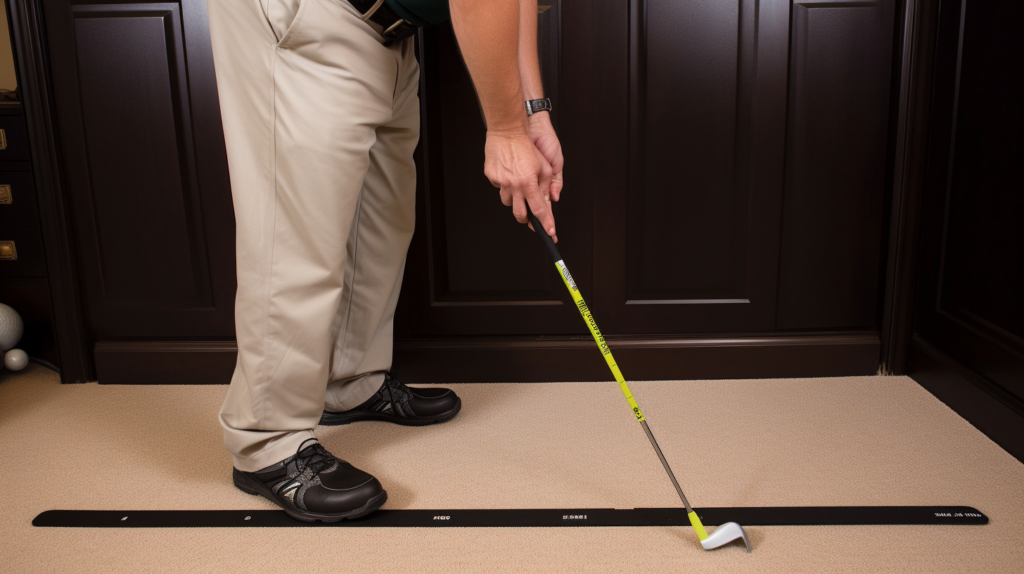
While professional custom fitting is the gold standard, there are still a few do-it-yourself options for dialing in better golf club lengths as well:
Adjustable clubs with movable hosels and removable weights have become very popular in recent years, especially adjustable drivers. Being able to tweak loft, lie angle, CG placement, and also length allows you to self-fit based on tangible real-world results.
Extending a driver shaft by an inch or shortening an iron by half-inch is easily achievable with adjustable hosel fittings. Just be sure to gap your wedge lofts properly if making length changes.
Extension grips are another way to experiment with fractional length changes without permanently altering clubs. These rubber extenders slip into the butt end of the grip to subtly lengthen clubs by up to an inch without affecting swing weight.
They are ideal for slight length bumps and can also help mitigate the need to change wrist angles or spinal tilt due to short clubs.
If you do want to commit length changes, working with a club builder to cut down shafts and rebuild grips is an affordable way to tweak multiple clubs smaller or larger. Steel shafts can be easily trimmed by a local pro then re-tipped and re-gripped to match.
This allows for cost-effective customization in quarter-inch increments on a full bag basis. Just be sure to re-gap wedge lofts accordingly if taking serious length off short irons and wedges.
Re-Checking Length Over Time
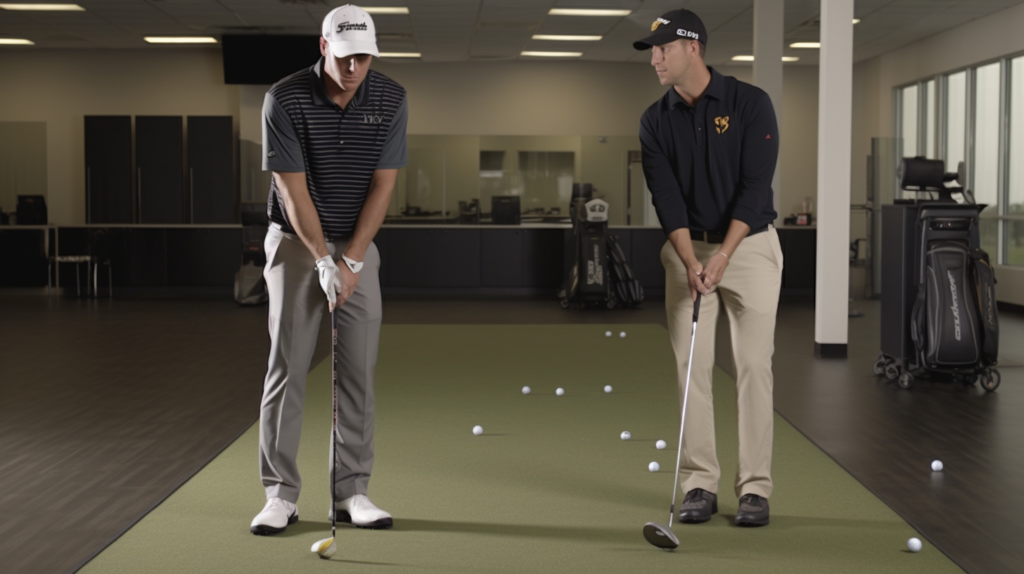
It’s important to note that as you continue evolving as a golfer, your optimal club lengths may evolve too.
Getting custom fit for brand new clubs today doesn’t necessarily mean those same shaft lengths will work forever – especially as you make changes to your swing plane, posture, flexibility, or tempo.
It’s wise to periodically re-measure your wrist-to-floor distance at address to check if you need length adjustments either larger or smaller.
You can also do mini club length tests by choking down slightly on certain clubs for a few range sessions and observing the results. Choking down a quarter or half inch acts as a virtual length reduction.
Pay attention to center strike consistency and distance control when experimenting like this. If you see or feel immediate improvements with shorter-gripped swings, it may be time to trim those shafts for good via a club builder.
Consider shortening iron lengths incrementally over time as you get older and lose flexibility too.
The key is keeping an open mind about length, lie angle, lofts, and other club specifications over years of playing. What worked perfectly upon initial fitting may diverge from your new needs if you change swings or bodies.
Revisit club measurements at least annually – especially if battling chronic injury issues or making proactive swing alterations. Keep optimizing club fit throughout your golfing journey for best possible performance.
Conclusion
Properly fitted golf clubs are an essential part of achieving consistency and power in your game.
By understanding the correct techniques to measure your existing clubs and working with a professional fitter, you can get set up with custom lengths tailored to your body and swing. Re-check your specifications over time and remain open to tweaks as you improve.
With optimal, personalized club lengths, your best golf is ahead of you.



